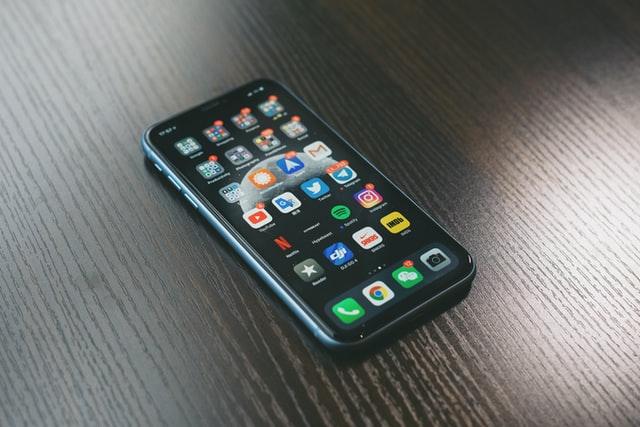Despite the world being more digitally connected than ever before, women are still being left behind.
This is according to a new study which reveals that women are 8 percent less likely than men to own a mobile phone, 15 percent less likely to use mobile internet, and 33 percent less likely to use mobile money in low and middle-income countries across the world.
The data is revealed in the fourth annual GSMA Mobile Gender Gap report, which reveals that these significant gender gaps are preventing women from reaping the full benefits of mobile technology.
The study indicates that closing the mobile gender gap is critically important and can deliver significant socio-economic benefits to understand women, their communities, and the economy.
It estimates that closing the gender gap in access and use could generate a revenue increase for the mobile industry of 12 to 37 percent in a typical low and middle-income market in Africa and 11 to 54 percent in Asia.
“When women thrive, societies, businesses, and economies thrive,” the report states.
More data
The report also finds that an estimated 112 million more women started using mobile internet last year across low- and middle-income countries, despite the onset of COVID-19.
It however finds that 234 million fewer women than men had access to mobile internet.
“The underlying gender gap in mobile ownership continues to persist and is proving difficult to close,” the report notes.
According to the finding, affordability, lack of literacy and digital skills, and lower awareness of mobile internet are critical and common barriers for women. Additionally, structural inequalities in society and discriminative social norms also remain a challenge.
“Even when women have the same levels of education, income, literacy, and employment as men, they are still less likely to own a mobile phone or use mobile internet.”
The report further revealed that a record number of women in South Asia now use mobile internet services, helping shrink the gender gap to 15 percent from 19 percent last year in low- and middle-income countries.
The gains in South Asia, which had the most significant gender gap in 2019 with women 50 percent less likely than men to use mobile internet, masked the stagnation in other regions such as Sub-Saharan Africa. Women in both regions now face a similar gender gap in mobile internet use – 37 percent in Sub-Saharan Africa and 36 percent in South Asia.
Women were more likely than men to access the internet exclusively via mobile in almost all markets surveyed.
In Kenya, for example, 63 percent of male internet users said they only used the internet via a mobile device compared to 79 percent of females. This reliance by women on mobile demonstrates the disproportionate benefit of increasing their access.
“If women are to become equal citizens in a more digital, post-COVID world, closing the mobile gender gap has never been more critical,” said Mats Granryd, Director General, of the GSMA.
“I urge policymakers, the private sector, and the international community to take note of the important findings laid out in the Mobile Gender Gap Report because only concerted action and collaboration will enable women and their families to reap the full benefits of connectivity.”
A 2019 finding by GSMA found that there are more than 3.8 billion mobile internet subscribers globally, representing 49 percent of the world’s population.
The data however revealed that adoption has not been equitable, with mobile internet adoption standing at 26 percent in Sub-Saharan Africa at the end of 2019.
“The region accounts for almost half of the global population not covered by a mobile broadband network,” the report said.
Efforts to Seal the Gender Gap
The GSMA introduced the Connected Women Commitment Initiative in 2016 to catalyze action to close the mobile gender gap.
According to the organization, mobile operators continued to make commitments. In 2020, 40 mobile operators across Africa, Asia, and Latin America made formal commitments to accelerate digital and financial inclusion for women.
So far, telcos that have made the commitment include Safaricom PLC, Smart Tanzania, Smart India, Econet Wireless Zimbabwe, AirtelTigo Rwanda, Airtel India, and MTN Ghana among others.
GSMA says that so far, these operators have already reached more than 40 million additional women with mobile internet or mobile money services.
